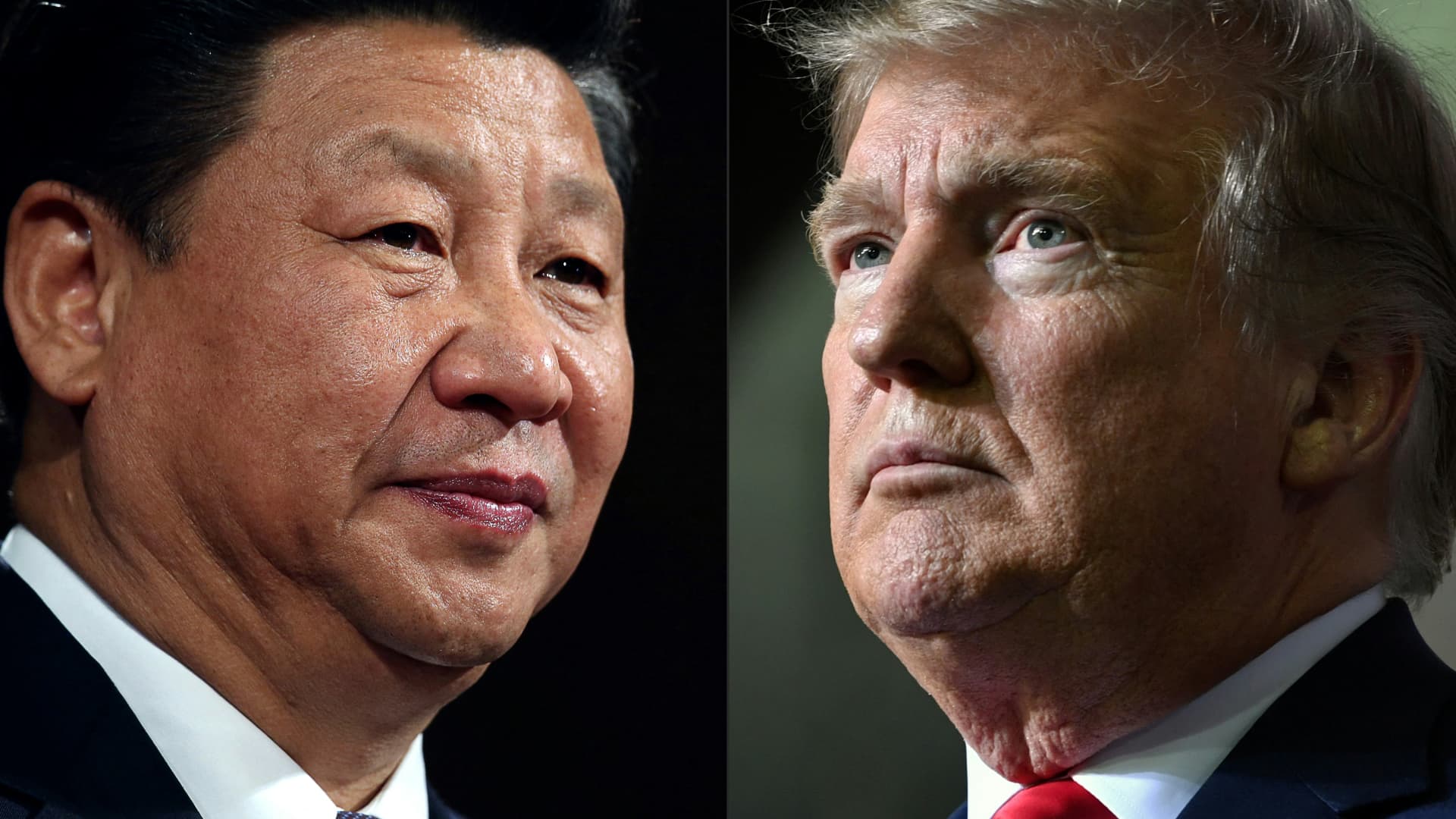Vice Chair and President at Microsoft, Brad Smith, participates in the first day of Web Summit in Lisbon, Portugal, on November 12, 2024. The largest technology conference in the world this year has 71,528 attendees from 153 countries and 3,050 companies, with AI emerging as the most represented industry. (Photo by Rita Franca/NurPhoto via Getty Images)
Nurphoto | Nurphoto | Getty Images
Microsoft plans to spend $80 billion in fiscal 2025 on the construction of data centers that can handle artificial intelligence workloads, the company said in a Friday blog post.
Over half of the expected AI infrastructure spending will take place in the U.S., Microsoft Vice Chair and President Brad Smith wrote. Microsoft’s 2025 fiscal year ends in June.
“Today, the United States leads the global AI race thanks to the investment of private capital and innovations by American companies of all sizes, from dynamic start-ups to well-established enterprises,” Smith said. “At Microsoft, we’ve seen this firsthand through our partnership with OpenAI, from rising firms such as Anthropic and xAI, and our own AI-enabled software platforms and applications.”
Several top-tier technology companies are rushing to spend billions on Nvidia graphics processing units for training and running AI models. The fast spread of OpenAI’s ChatGPT assistant, which launched in late 2022, kicked off the AI race for companies to deliver their own generative AI capabilities. Having invested over $13 billion in OpenAI, Microsoft provides cloud infrastructure to the startup and has incorporated the startup’s models into Windows, Teams and other products.
Microsoft reported $20 billion in capital expenditures and assets acquired under finance leases worldwide, with $14.9 billion spent on property and equipment, in the first quarter of fiscal 2025. Capital expenditures will increase sequentially in the fiscal second quarter, Microsoft Chief Financial Officer Amy Hood said in October.
Smith called on President-elect Donald Trump’s incoming administration to protect the country’s leadership in AI through education and the promotion of U.S. AI technologies abroad.
“China is starting to offer developing countries subsidized access to scarce chips, and it’s promising to build local AI data centers,” Smith wrote. “The Chinese wisely recognize that if a country standardizes on China’s AI platform, it likely will continue to rely on that platform in the future.
“The best response for the United States is not to complain about the competition but to ensure we win the race ahead. This will require that we move quickly and effectively to promote American AI as a superior alternative.”











